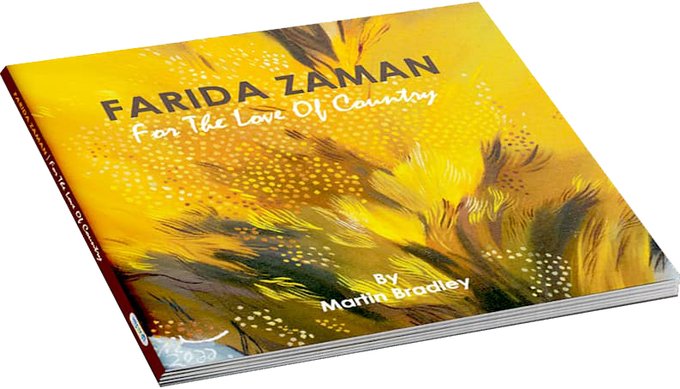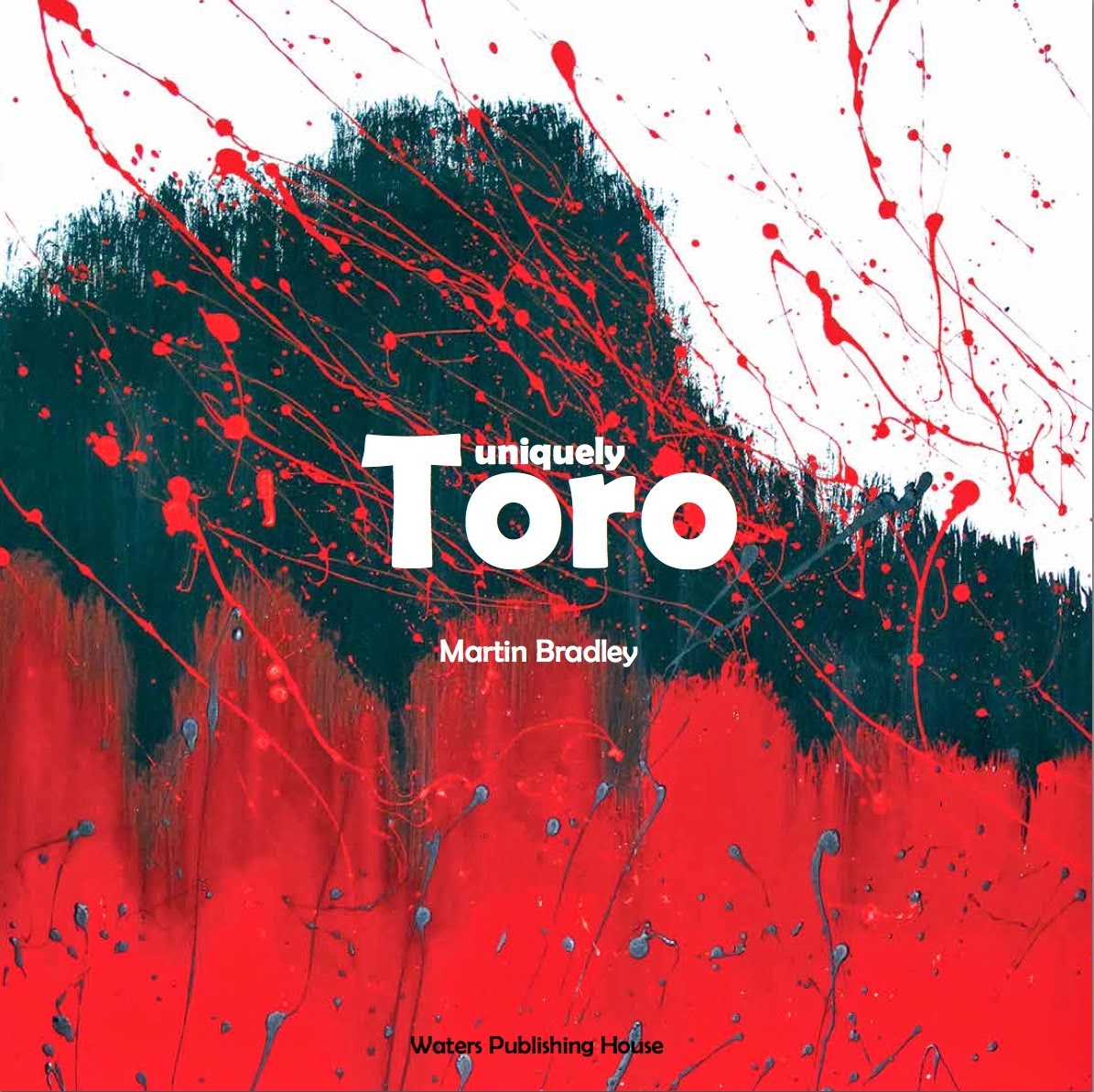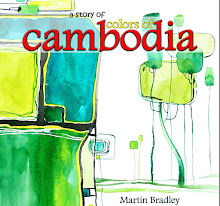 |
| The Edge, Malaysia, this week |
While the “Nanyang Style” in fine art seems anachronistic in Malaysia today, the Singaporeans still embrace the spirit of it as part of their national identity.
The concept “Nanyang Style” sends art galleries all aquiver, and auction houses aflutter, therein is quality, recognition and ownership. Art historians nod in sagely awe, auction house operators rub gleeful hands and art gallerists smile all the way to the bank.
‘Nanyang Style’ is traced to 1979, to a catalogue documenting a retrospective show of the Nanyang Academy of Fine Arts in Singapore (NAFA). The late Malaysian artist and writer Redza Piyadasa and Singaporean art historian T.K. Sabapathy jointly concluded that a trip by four Chinese immigrant artists, in 1952, was the catalyst for a new style of art, namely, the “Nanyang Style”.
Three of the four Chinese artists, Cheong Soo Pieng, Chen Chong Swee and Chen Wen Hsi lectured in NAFA, founded by Chinese educationist Lim Hak Tai, while the fourth, Liu Kang, was a fellow Chinese artist, living in Singapore, a friend and compatriot of Cheong Soo Pieng, Chen Chong Swee and Chen Wen Hsi, Liu Kang and Lim Hak Tai from the Xin Hua Academy of Fine Arts in Shanghai. That trip was to Bali.
According to Piyadasa and Sabapathy, the alluring haven of Bali so invigorated those four Chinese artists that it unwittingly empowered them to fuse Chinese and Parisian art styles with nuances gained from the indigenous Southeast Asian environment, creating a new style of art - the “Nanyang Style”.
It is a fitting tale, a monomyth hero story worthy of Odysseus/Ulysses or Jason and the Argonauts who, having travelled far and wide, returned with a much needed golden fleece, to bolster a fledgling nation’s fine art.
According to Piyadasa and Sabapathy, the “Nanyang Style” had revealed itself through six art contemporaries working in Singapore. Included in this number were the four from the Bali trip, plus Lim and Georgette Chen. Yet, the reality is, that the essence of a “Nanyang Style” was long in place before the famed Bali trip. From the outset NAFA, founded in 1938, had upheld a credo of incorporating Chinese art styles (ink and brush) plus Parisian art styles (oils) plus influence from the Southeast Asian region itself (Nan Yang, or “South Seas” in Mandarin). The intent was to bolster a new style of art, influenced by locale, as set out by Lim, an art educationist from the Xiamen School of Art in Fujian Province, China, at the very beginning of the academy he was instrumental in founding.
In an academy celebratory catalogue of 1955, Lim had written that a new art should include the fusion of the culture of the different races. Namely, the communication of Oriental and Western art; the diffusion of the scientific spirit and social thinking of the 20th century; the reflection of the needs of the local people; the expression of local tropical flavour and the educational and social functions of fine art.
“Nanyang Style” has been bandied about ever since its establishment. In time, like Roger Fry’s “Post-Impressionist” (1910), Guillaume Apollinaire’s “Surrealism” (1917) and Richard Hamilton’s “Pop Art” (1956), “Nanyang Style” has become a catchall, a convenient brand to indicate standard. One auctioneer even hinted at “guilt by association”. If an artist had once studied at NAFA, or was taught by an artist who had, there was an assumption of quality, a benchmark as it were. “Nanyang Style”, as a brand, resembles the popular American drink Coca Cola in which, originally, were both cocaine and kola nuts, but as society changed both essential ingredients became non-essential, and were excluded. The use of “Nanyang Style” becomes debatable.
In reality, there was no one “Nanyang Style”. It always was ‘styles’, plural. Teachers at NAFA, and their graduates, painted in various styles, some preferring oil on canvas, others pastels, ink and brush or watercolour, some were proficient in all. Chinese Literati painting was practised, as were neo-Impressionist, Expressionist and Cubist styles either fused or “unfused” and incorporating local elements. Without the vague umbrella term, “Nanyang Style”, would it now be difficult to ground disparate Malaysian and Singaporean approaches to the art of modernity?
While “Nanyang Style” continues to reverberate through Malaysian and Singaporean auction houses, and exhibitions like Nanyang Touch (Kuala Lumpur, 2014) and Nanyang Visionaries (Singapore, 2014) there comes a stray thought that, once again (as with Impressionism, Expressionism and Surrealism) we are really looking keenly to the past, and not to other, possible, futures.
Further, can “Nanyang Style” now ever be used authentically? May it be applied to up-and-coming professional artists, or is that label to be assigned solely to works of a certain era and, if it is, what is there to replace it? My feeling is that “Nanyang Style” has served Malaysian and Singaporean fine art well, but like the other “isms” I have mentioned, are resigned to the past. Art history will sort the rest out.





